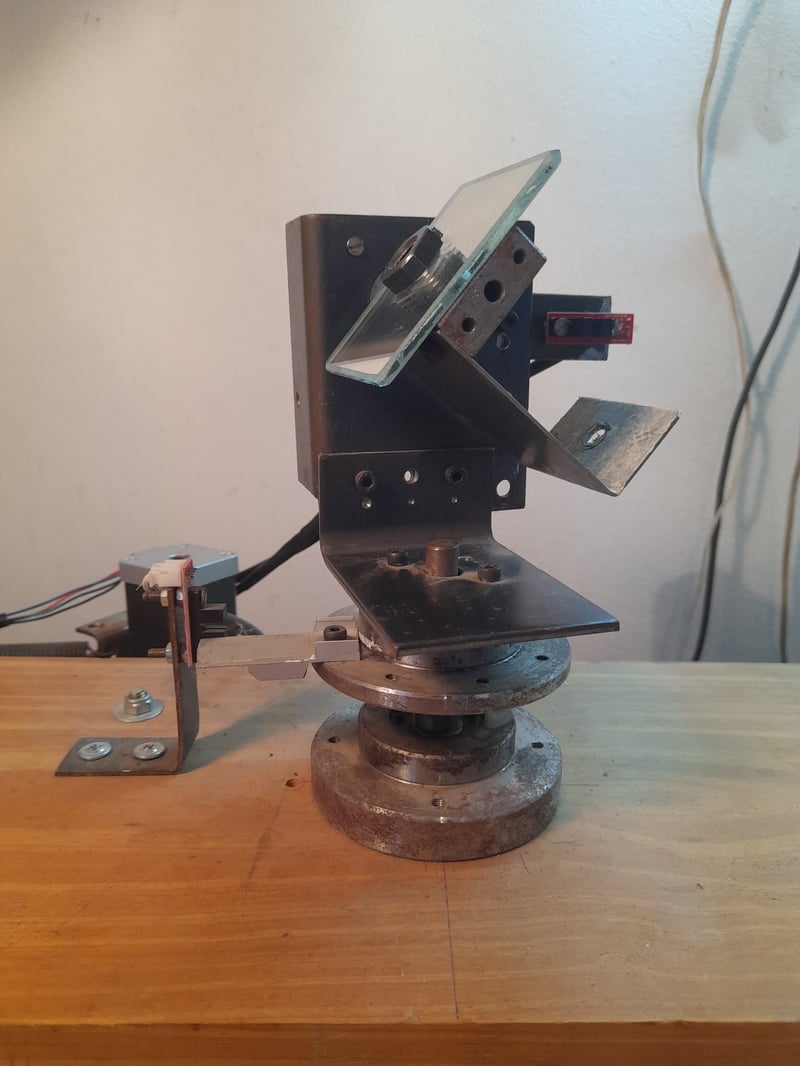3 essential tips on creating your community
Developers can see through any marketing salesy bs. Launching a community in the tech world is a real challenge; creating a place that resonates with developers and opens a floor for people to speak, collaborate, and make new connections, without worrying about being sold to all the time. Developers are always looking for true value. This guide is here to help you navigate these initial steps.
Whether you’re flying solo, part of a startup, or in a larger tech company, the focus here is on building a community that is authentic and bring value for your community members.
Finding your community
As developers, we want spaces where technical discussions can get flowing. Think GitHub, Stack Overflow, Slack, or Discord. So when building a community, the goal is to integrate into these existing spaces by connecting with your audience directly through social media like X or LinkedIn to understand their preferred platforms.
It’s about joining the conversation where it’s already happening.
When thinking about your community members and putting together a persona thinking of them… who are your community members? Where are them? Where do they meet? What do they talk about? What are their interests? Is your community niche and topic be related to something they would gather to discuss?
For a tech company, this might mean engaging in technical forums or contributing to open-source projects. Show your expertise and genuine interest in the topics discussed and contributing without asking, at least initially. By following this approach, you not only get to find out where your community is but also establish your credibility among them.
Community channels
Once you know where your community lives, it’s time to build the house. Think of it as your GitHub repository. You need a README (welcome-channel), a CONTRIBUTING guide (rules), and, of course, channels for any issues and discussions. Don’t forget a meme channel 😉
Developers have a sense of humor too and sometimes a spicy humor 🌶️ But keep it structured, keep it clear. Clarity leads to action, confusion leads to inactive members.
For a community focused on collaboration and building
Imagine your community as a co-working space. Start with a ‘general’ channel for open-ended conversations and networking. Add a ‘project-showcase’ channel where members can share their latest work or GitHub repositories, seeking feedback or collaborators. Implement a ‘resources’ channel to exchange information about useful software, libraries, or APIs. Don’t forget a ‘support’ channel, a place where members can ask for help on coding issues or offer advice. These channels foster a sense of collaboration and shared purpose, essential in a thriving developer community.
For a tech company with a developer audience
Your channels should reflect the intersection of your product and the developer’s needs. Start with a ‘product-updates’ channel for announcing new features or changes. Include a ‘best-practices’ channel where you can share tips on effectively using your product, perhaps with code snippets or mini video tutorials.
A ‘project-showcase’ channel can highlight how developers are creating cool projects using your product. Lastly, consider a ‘feedback’ channel. This direct line to your community is invaluable for product development and shows that you actually value their input. These channels not only keep your members informed and engaged but also integrate them into your product’s roadmap.
By selecting the channels to the needs and interests of your members, you create a more engaging and valuable experience for them. For a developer community, the focus is on collaboration, sharing, and support. For a tech company, it’s about product engagement, user feedback, and fostering a sense of partnership with the developer audience. Both approaches emphasize the importance of interaction, feedback, and community-driven growth.
Events
Events are the pull requests of community building. They bring in contributions, opportunities for collaborations, and new connections in and out of your community.
Start with X Spaces, Discord Town Halls, workshops, or coding challenges. Make these events fun and interactive, giveaway swag, code with your audience, and solve problems or have hard discussions together. From there, you can iterate to in-person events such as meetups, 48h hackathons, or conferences. These events will create a long-lasting bond between your community members and any key industry leaders who may attend as a guest or as a co-host.
For developer tooling companies, consider focusing on hosting webinars or workshops that showcase on your product’s features together with industry best practices. Invite guest speakers from within the developer community to share diverse perspectives. Hackathons can be effective depending on your KPIs and goals, they not only generate excitement among devs, as we all love prizes 💰, but also will get you product feedback and pain points when developers are using your tools and services.
Iterate, improve, and repeat. Events keep our audience engaged and add real value to our content as you will bring in different tech creators and professionals to share their views with your community members, offering a range of perspectives and experiences. This variety keeps our discussions fresh and relevant.
Note: We’re also heating up our community on Discord 😉
Building a community is a lot like building software
Start with a minimum viable community, listen, adapt, and grow. Be transparent about your goals and challenges. Share your journey, and make your community a part of it. Keep it real. Authenticity isn’t just a mainstream word, it is actually the foundation of any strong community.
Encourage open dialogue where members feel heard and respected, because it strengthens the trust around your community. Keep in mind that building a community is a continuous journey, not a one-time task.
Start small, stay authentic, and watch your community grow into a supportive collaborative space for all involved!




